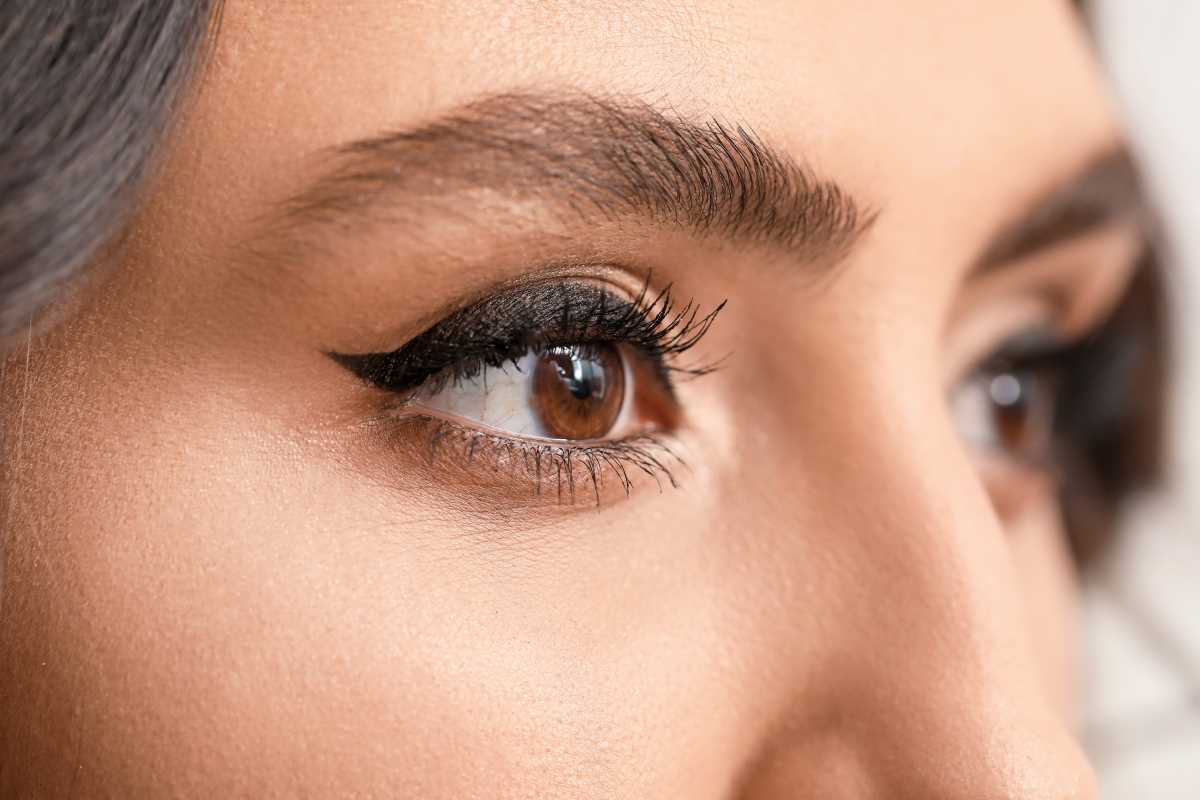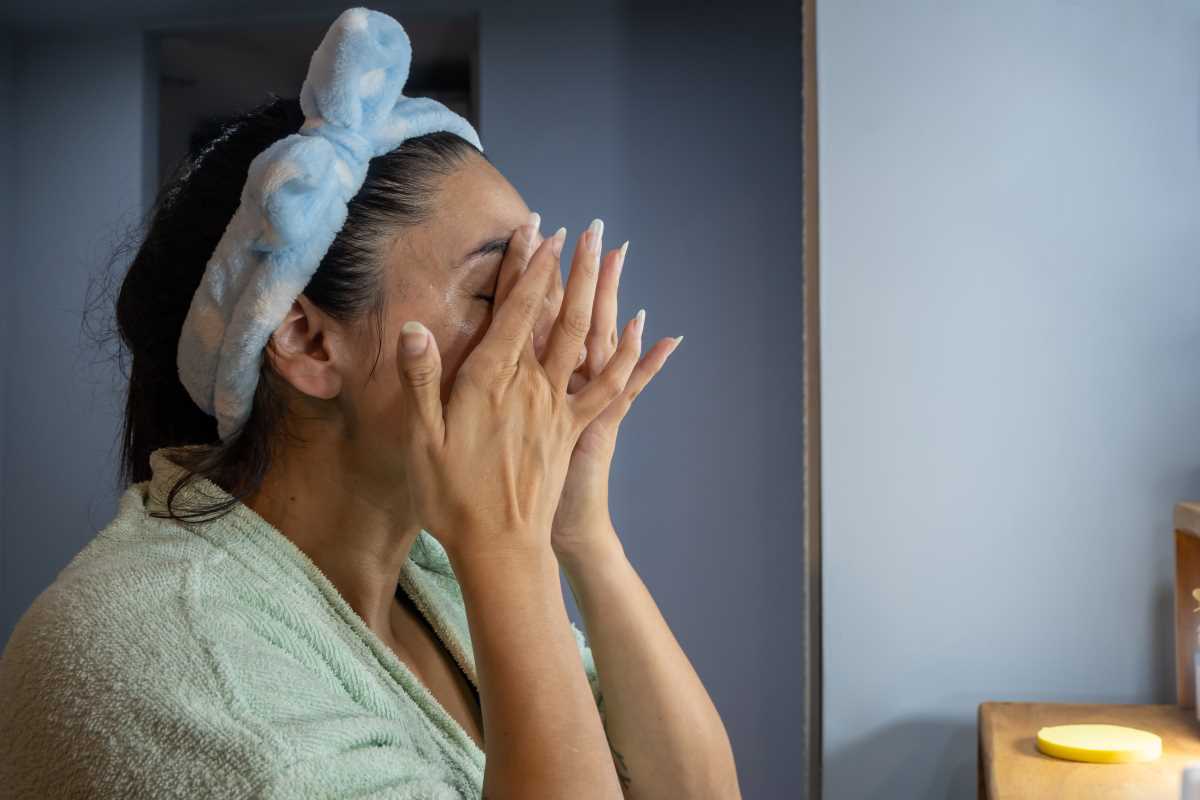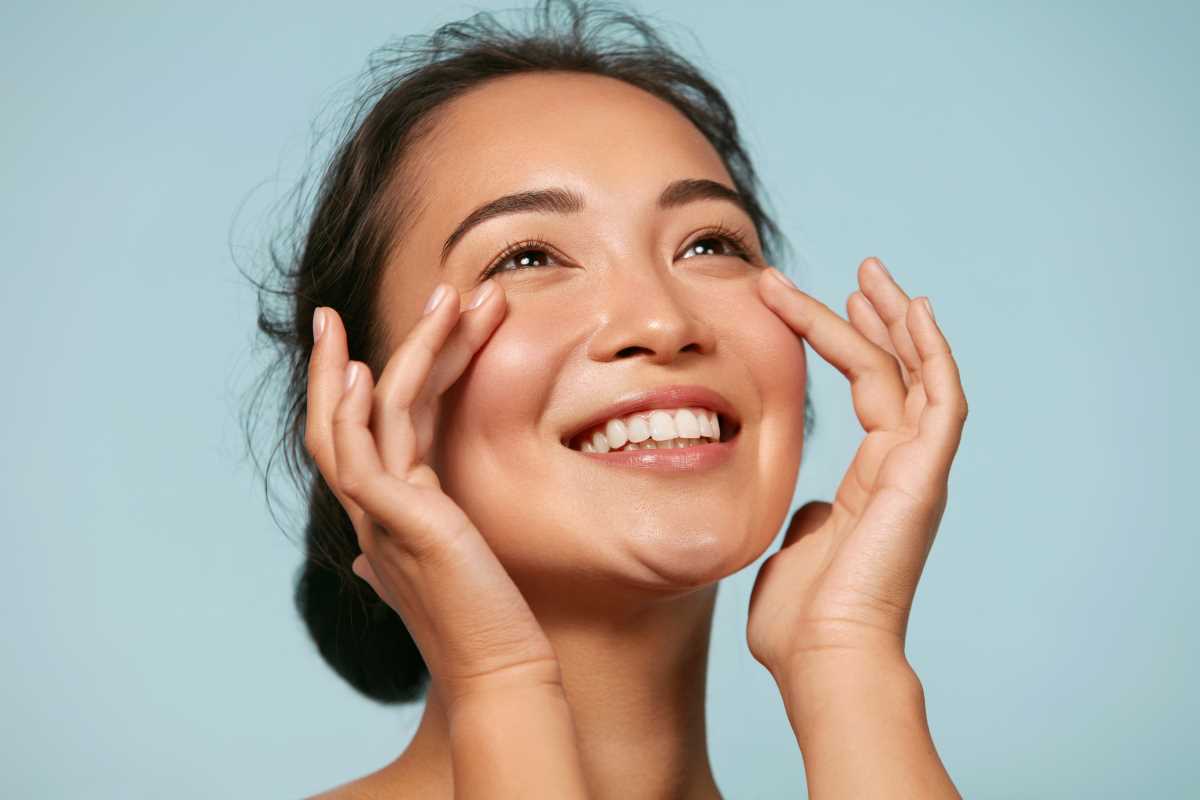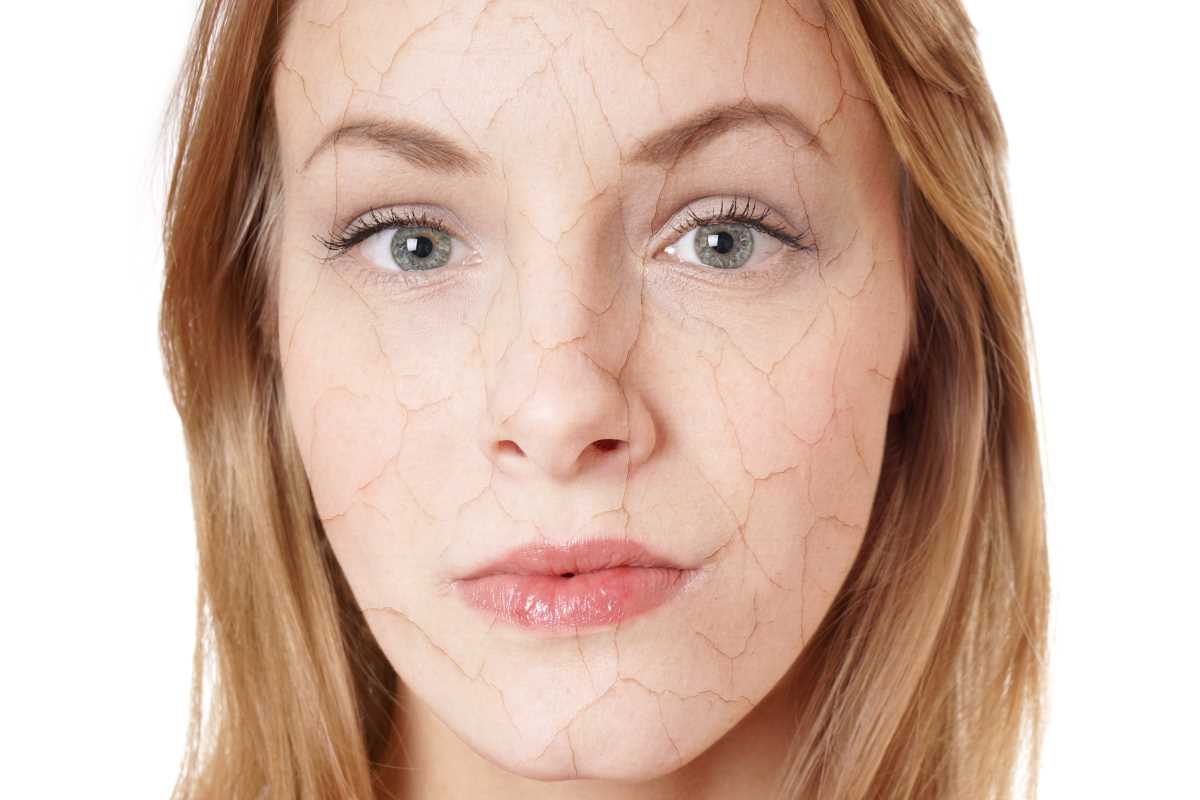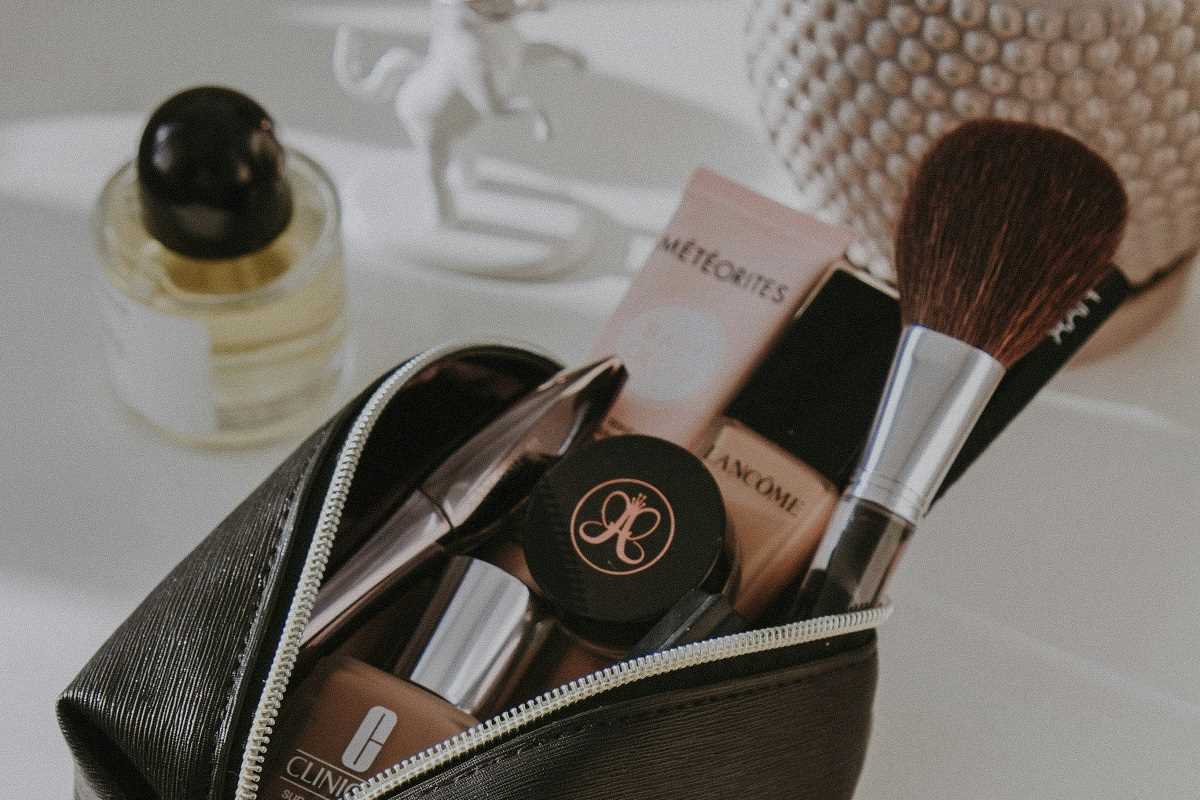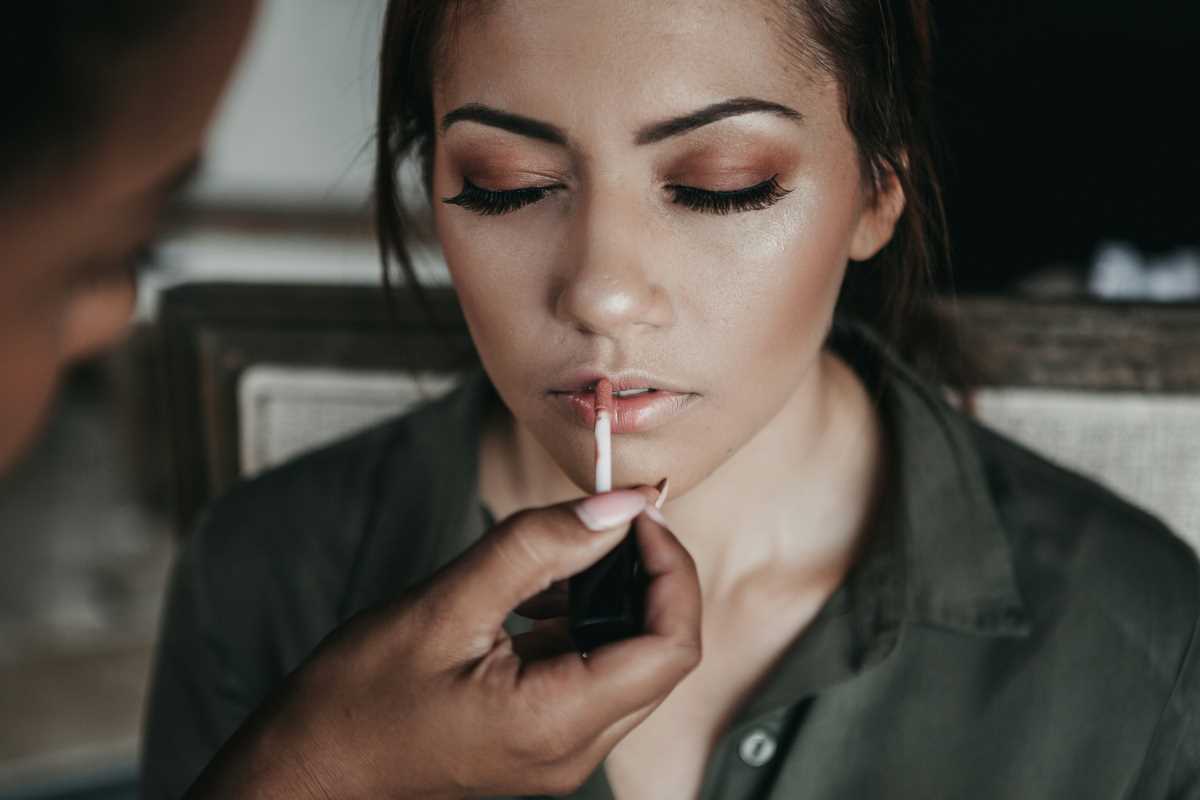When you hit your 40s, a lot of things start to shift—your priorities, your confidence, and yes, your skin. Makeup that worked in your 20s and 30s might not look quite the same anymore, and that’s totally normal. Hormonal changes, fine lines, and dryness can all affect how makeup sits on your skin. But the good news? A few smart tweaks to your routine can make a big difference.
Makeup over 40 isn’t about covering up or hiding—it’s about enhancing what you love and letting your natural beauty shine through. Whether you’re a makeup minimalist or love a full glam moment, this guide is packed with easy-to-follow tips to help your makeup work with your skin, not against it. You don’t need fancy products or complicated techniques. Just a few smart choices can bring out your best features and give your skin a fresh, radiant look that feels just right for where you are now.
Let’s break it down and make makeup fun again.
Start With Skincare
Great makeup begins with great skin. If your skin is dry or uneven, makeup won’t sit well. So before you even think about foundation, make sure your skin is prepped and hydrated.
Use a gentle cleanser, follow with a hydrating serum or moisturizer, and don’t skip the sunscreen. Look for skincare products with ingredients like hyaluronic acid, peptides, or ceramides—they help your skin retain moisture and stay smooth.
Also, don’t be afraid to exfoliate (just not too often). Getting rid of dead skin helps your makeup go on more evenly and keeps your face looking fresh.
Choose a Lightweight Foundation
Thick, full-coverage foundations can settle into fine lines and actually make your skin look older. Instead, go for lightweight, hydrating formulas that even out your skin tone without looking heavy.
Tinted moisturizers, BB creams, or serum foundations are great options. They give you a natural finish and let your real skin peek through.
If you need more coverage in certain areas—like around the nose, under the eyes, or on spots—just use a concealer where you need it instead of piling on extra foundation.
Use Concealer Wisely
Concealer is a great tool for brightening and covering, but if you use too much, it can crease or look cakey—especially around the eyes.
Look for a creamy, hydrating formula that won’t dry out your skin. Apply just a little bit under the eyes and blend with a damp sponge or your fingertip for a more natural finish.
If you have dark circles, go for a peachy or salmon-toned corrector first, then layer a tiny bit of concealer on top.
Switch to Cream Products
Powder products can sometimes sit on the surface of the skin and make texture or lines more noticeable. Cream products, on the other hand, tend to blend in better and give you that healthy, lit-from-within look.
Cream blushes, highlighters, and even bronzers are perfect for adding warmth and glow without looking too heavy. They also give you more control—you can build them up or keep it subtle, depending on the day.
Warm Up Your Complexion
As we get older, our skin can sometimes lose a little of its natural color. Adding warmth with a cream bronzer or blush can bring life back to your face.
Apply bronzer lightly where the sun would naturally hit: your forehead, cheeks, and a bit on your jawline. Then, add blush to the apples of your cheeks and blend it up toward your temples for a youthful lift.
Stick with shades that flatter your natural coloring—peach, rose, and soft coral tones work well on most skin tones.
Define, Don’t Overdraw
Eyebrows tend to thin with age, but that doesn’t mean you need to overdraw them. Instead of trying to draw on heavy brows, aim to fill in any sparse areas with light, feathery strokes using a brow pencil or a tinted brow gel.
Go for a shade that’s close to your natural brow color—too dark can look harsh. Keeping your brows soft but defined helps frame your face and lift your features.
Go Easy on the Powder
Setting powder can help your makeup stay in place, but too much can dry out your skin or settle into lines. Use it sparingly, and only where you really need it—like the T-zone or under your eyes.
Translucent, finely-milled powders are best. You can also try setting sprays to lock in your makeup while keeping a dewy, skin-like finish.
Brighten Up the Eyes
As we age, the skin around the eyes becomes more delicate. That doesn’t mean you have to ditch eye makeup altogether, but a few changes can help.
Skip super dark, matte eyeshadows that can make the eyes look heavy. Instead, try soft shimmer shades in neutral tones to brighten the lids. A warm taupe, champagne, or rose gold shadow can make your eyes pop without looking overdone.
Use a brown or charcoal eyeliner instead of black for a softer look. And when applying liner, focus on the upper lash line to help lift the eyes. A little smudge with a brush can also make it look more natural.
Curl Your Lashes and Use Mascara
Don’t underestimate the power of curled lashes—they instantly open up the eyes. Use an eyelash curler before applying mascara, and then apply a lengthening, non-clumping mascara to your top lashes.
If your lower lashes tend to smudge, you can skip mascara on the bottom or use a waterproof version.
Don’t Skip the Lips
Lipstick can pull your whole look together. But matte lipsticks can sometimes dry out the lips or settle into fine lines. Instead, go for creamy formulas or tinted balms that add color and moisture at the same time.
If you want your lipstick to last longer, use a lip liner first to define your lips and help prevent feathering. Shades like berry, rose, or nude-pink are flattering and give a fresh, youthful vibe.
Keep It Fresh and Simple
One of the best makeup tips for women over 40? Less is more. You don’t have to wear a full face every day to look great. Focus on what makes you feel confident and comfortable.
Some days that might be just tinted moisturizer and mascara. Other days, it might be blush, a little eyeshadow, and a bold lip. You get to decide.
